
Are Your Relationships Helping You Grow or Holding You Back?
Relationships—whether romantic, platonic, or familial—are at the core of our human experience. They shape us, challenge us, and often reflect back the work we need to do within ourselves. Have you ever found yourself stuck in the same patterns with people, wondering why certain conflicts keep repeating? Or perhaps you feel like your relationships no longer align with the person you are becoming?
Over the years, I’ve experienced deep shifts in my relationships. Some have strengthened and evolved, while others have naturally faded or ended in painful yet necessary goodbyes. Through my own growth, I’ve learned that relationships thrive when we approach them with awareness, clarity, and intentionality—and that’s exactly what we’re diving into this month.
This blog will explore how Human Design, Attachment Styles, Communication Styles, Defined and Undefined Centers, the Happiness Scale, and Muscle Testing can help you navigate relationship changes and challenges. Let’s explore how to make sure the relationships in your life serve your highest good.
Understanding Relationship Dynamics Through Human Design
Human Design offers a blueprint of our energy, communication, and decision-making styles. When you understand your Human Design Relationship Chart, you gain insight into how you naturally express yourself, where you may feel conditioned by others, and how to foster deeper connections.
Some key areas to explore include:
- Defined vs. Undefined Centers – Our energy centers influence how we experience emotions, communication, and decision-making. For example, if you have an undefined emotional center, you may absorb and amplify the emotions of those around you, which can cause relationship challenges if you’re unaware of it.
- Your Authority & Decision-Making Style – Do you make decisions from gut instinct (Sacral Authority), from emotional clarity over time (Emotional Authority), or through intuitive knowing (Splenic Authority)? Recognizing your own and your partner’s decision-making process can eliminate frustration and misalignment.
💡 Practical Step: Get your Human Design Relationship Chart by looking up both your design and that of your partner, friend, or family member. Observe how your centers interact—do you amplify each other’s energy or create balance?
Attachment & Communication Styles: Why We Love the Way We Do
Understanding Attachment Styles can provide clarity on relationship struggles. The way we attach to others is often shaped by childhood experiences and past relationships:
- Secure Attachment – You feel comfortable with intimacy and independence.
- Anxious Attachment – You crave closeness but often fear abandonment.
- Avoidant Attachment – You value independence and may struggle with vulnerability.
- Disorganized Attachment – A mix of anxious and avoidant tendencies, often due to past trauma.
Similarly, Communication Styles impact how we express ourselves in relationships. Are you direct or indirect? Emotional or logical? Do you gravitate towards Passive, Assertive, Aggressive, or Passive-Aggressive communication? Recognizing your own patterns—and those of your loved ones—helps create a bridge for better understanding and more effective communication.
💡 Practical Step: Identify your Attachment & Communication Styles and have open conversations with your loved ones about how you best give and receive love and feedback.
Evaluating Relationship Health: The Happiness Scale & Muscle Testing
Not all relationships are meant to last forever. Some serve a season, a lesson, or a purpose. To evaluate whether a relationship is truly nourishing, I love using The Happiness Scale & Muscle Testing.
- The Happiness Scale: On a scale of 1-10, how does this relationship make you feel? If a relationship consistently scores below a 5, it may be time to re-evaluate.
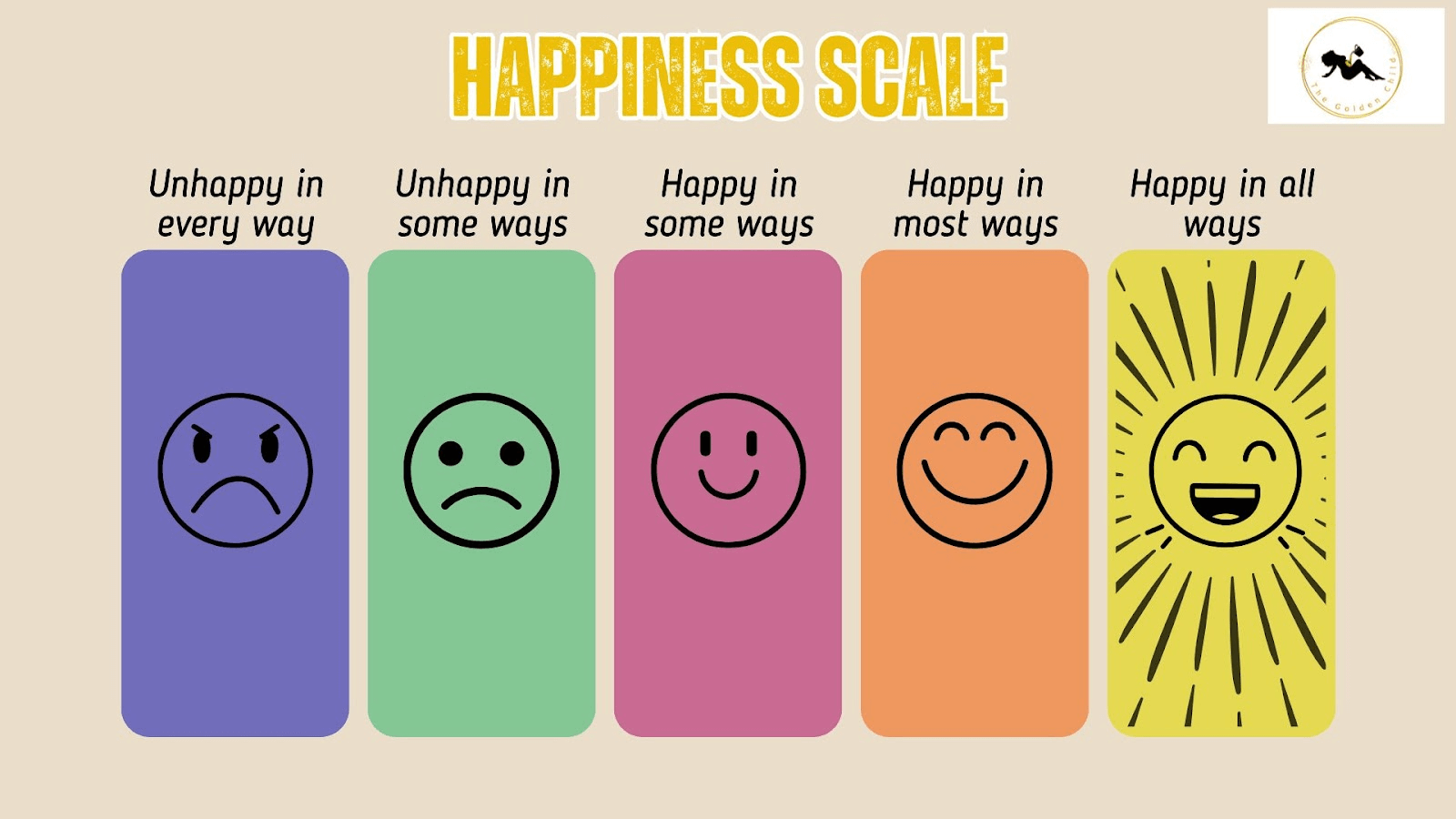
- Muscle Testing: Your body holds the truth about your relationships. Try a simple sway test—stand still, close your eyes, and think about a specific person. If your body naturally leans forward, it’s a positive sign. If it leans backward, it may indicate resistance or misalignment.
💡 Practical Step: Take a few moments to assess a key relationship using the Happiness Scale and Muscle Testing. What insights do you gain?
Final Thoughts: Navigating Relationships with Grace
Relationship shifts can feel beautiful, heartbreaking, and everything in between. The key is to navigate them with awareness, authenticity, and alignment. By understanding Human Design, Attachment Styles, Communication Styles, Defined and Undefined Centers, the Happiness Scale, and Muscle Testing, you give yourself the tools to create fulfilling, balanced, and aligned relationships.
Which of these insights spoke to you the most? Drop a comment and let’s continue the conversation. 💛


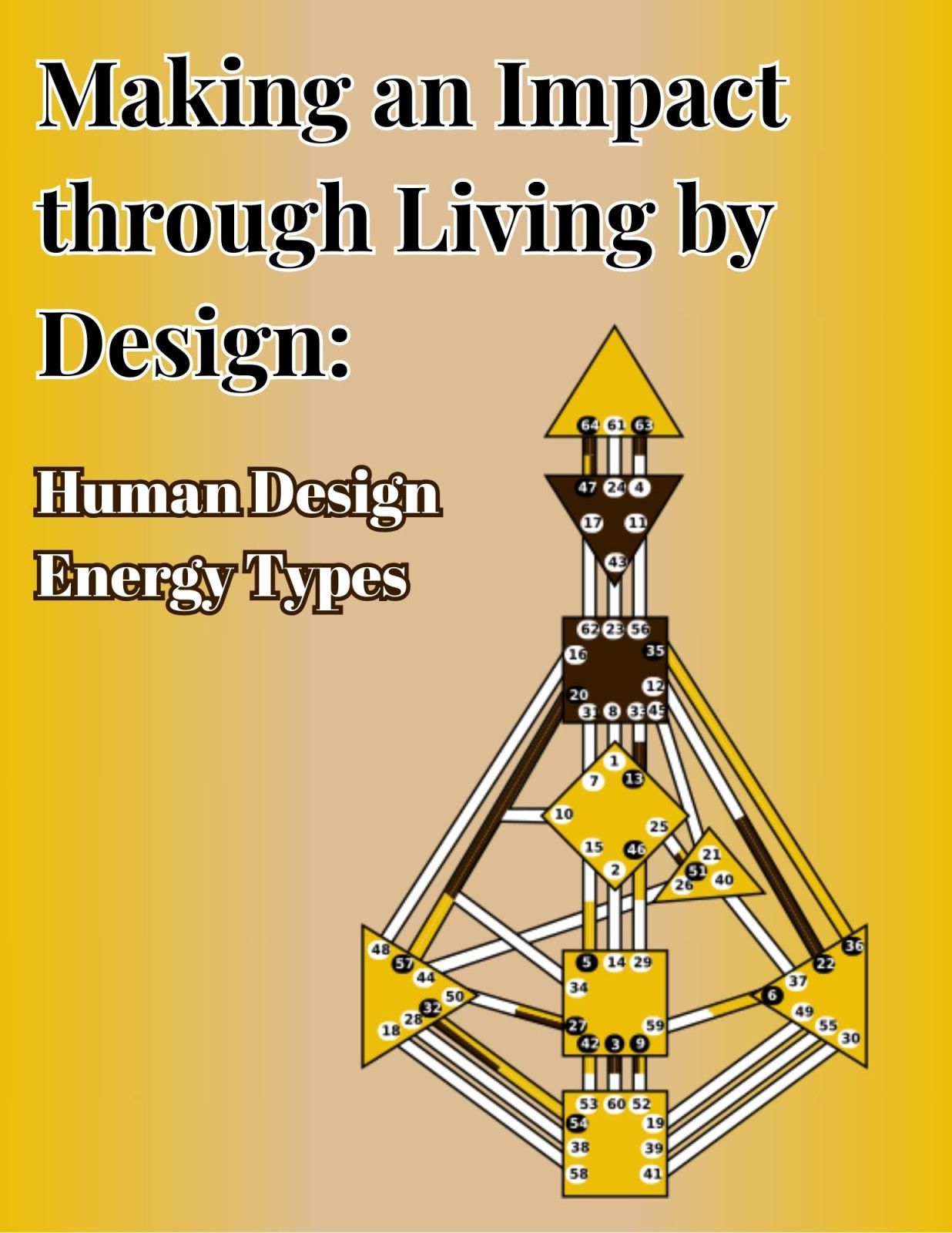
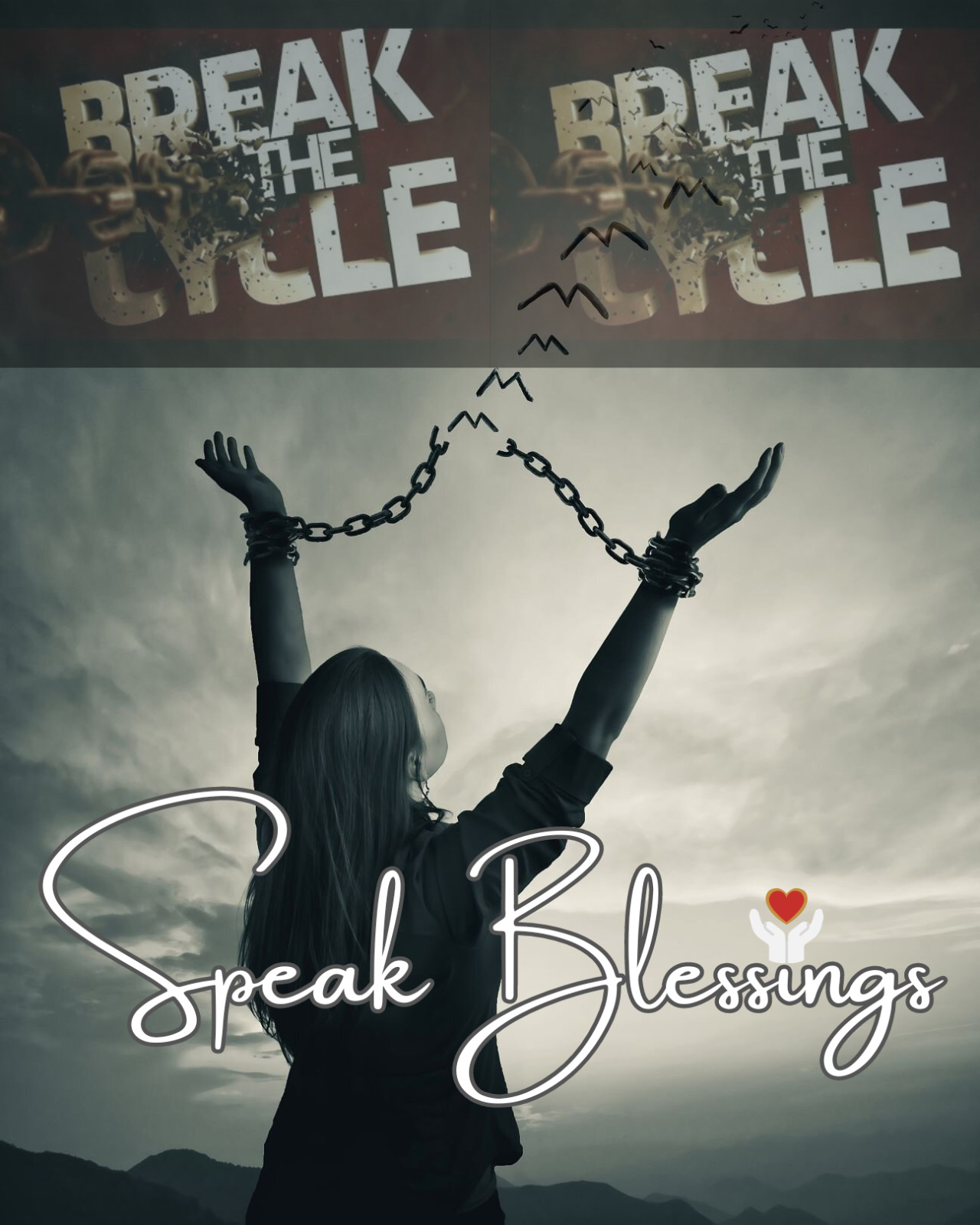




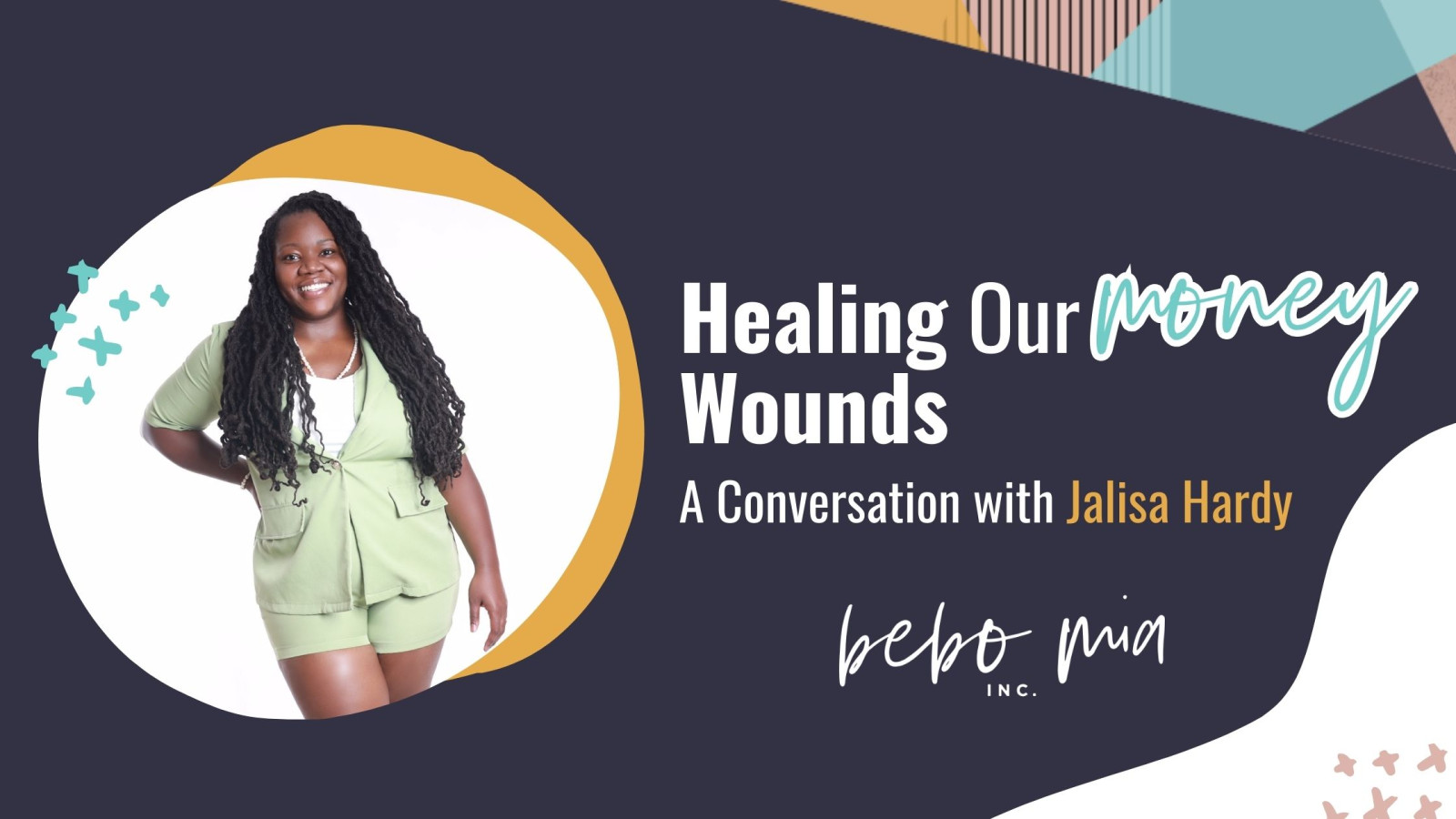


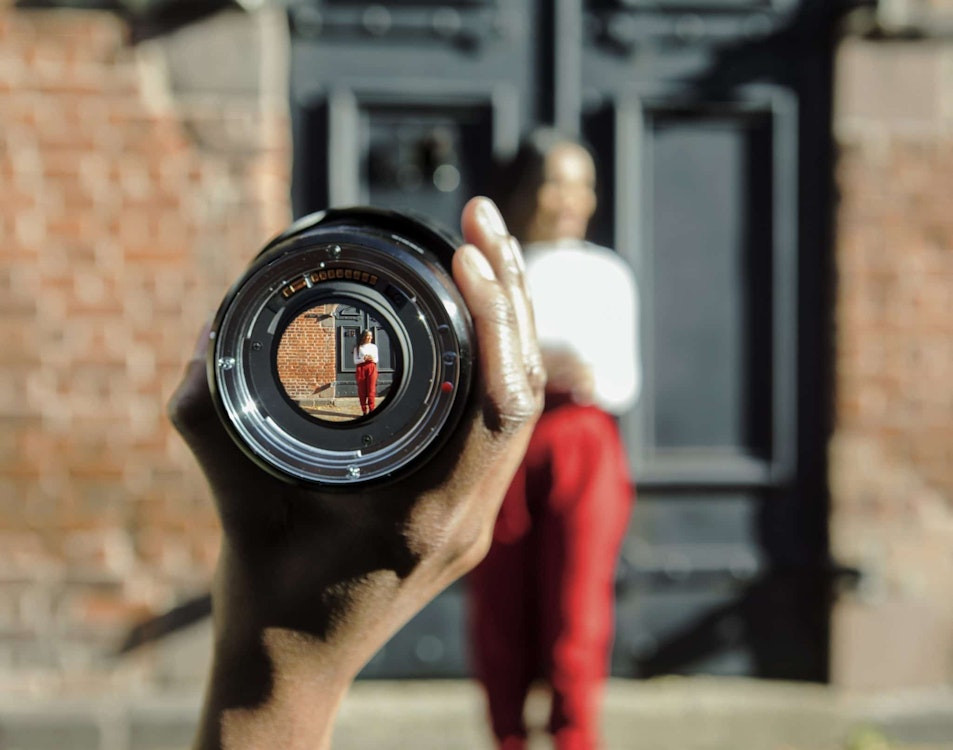

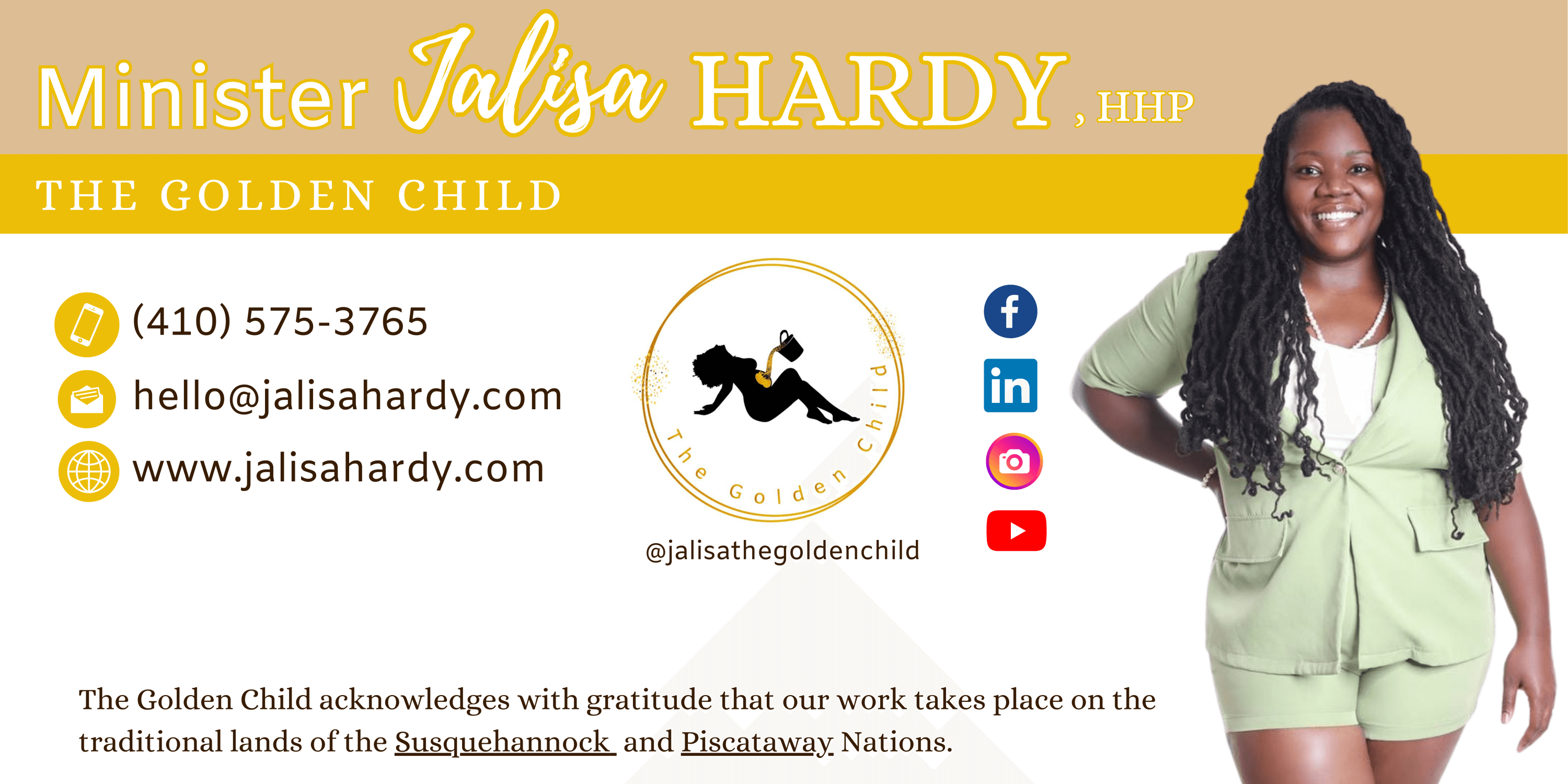

0 Comments